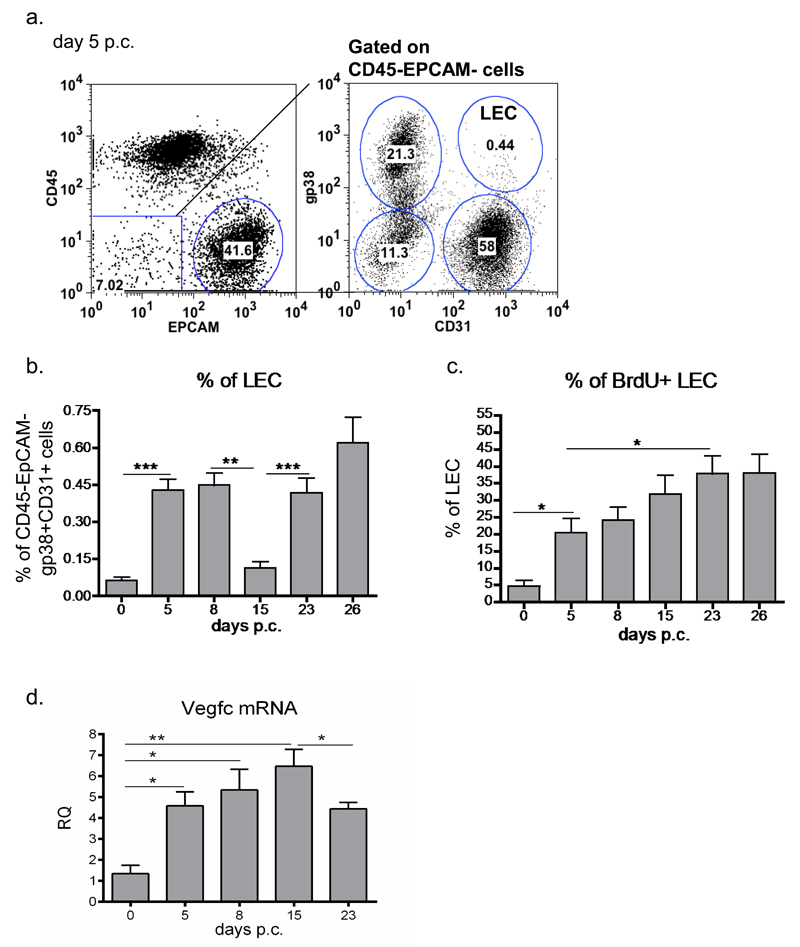Figure 1. Bimodal expansion of the lymphatic bed during TLS development.
a, Representative dot plots showing flow cytometry staining for gp38, CD31 in the CD45-EPCAM- cells from salivary glands isolated at day 5 post viral cannulation (p.c.). The lymphatic endothelial cells (LECs) are identified as gp38+CD31+ cells. b, Time course of LEC expansion during the inflammatory process determined by flow cytometry (percentage of gp38+CD31+ population in the CD45-EPCAM- component) from infected WT mice at day 0, day 5, day 8, day 15, day 23, day 26 p.c. Data presented as means of five independent experiments ** p < 0.01; ***, p < 0.001, unpaired t test, comparing LEC population at each time point with day 0 p.c. LEC. c, Graphs showing summary of analysis for percentage of proliferating (BrdU+) gp38+CD31+ LEC in the CD45-EPCAM- stromal fraction. BrdU administred from day 0 continuously *, p < 0.05, ** p < 0.01 versus day 0 p.c. WT mice. d, Quantitative RT-PCR analysis of mRNA transcript for Vegfc in wt mice at day 0, day 5, 8, 15 and 23 p.c. Transcripts were normalized to housekeeping gene β-actin. The relative expression values (RQ) were calibrated with day 0 p.c. salivary gland values; *, p < 0.05, **, p < 0.01. Data are representative mean+s.e.m of three to four experiments with six to four glands analysed per group. Data are representative of three to four independent experiments with six to eight glands analysed per group. Data shown as mean+s.e.m.

